Hungry garden visitors
High-pitched, whistling cries have filled the skies lately, alerting me to our cedar waxwing visitors. Flocking into berry-laden junipers (i.e., “cedars”), possumhaw and yaupon hollies, hackberries, and even invasive ligustrum to gorge themselves, these beautiful crested and masked birds can strip a tree clean of berries in minutes.
Last weekend, a flock gathered for a nosh and a rest in a tall hackberry beyond my garden fence. I heard them before I saw them. Grabbing binoculars and then my telephoto lens, I got a few shots — muddy and silhouetted at this distance, but recognizable nonetheless.
Full? Nah, maybe just one more.
They are such beautiful birds! I hope to see a flock a little closer before they all head north for the summer.
We’ve had other visitors too — and their dining habits are even greedier.
Soon enough there will be fawns in our neighborhood again. But what I look forward to even more is the antler drop — when the bucks lose their antlers and my agaves, hesperaloes, and ornamental trees are safe again.
I welcome your comments; please scroll to the end of this post to leave one. If you’re reading this in a subscription email, click here to visit Digging and find the comment box at the end of each post.
_______________________
Digging Deeper: News and Upcoming Events
Calling all garden bloggers! You’re invited to register for the annual Garden Bloggers Fling tour and meetup, which will be held in Austin this May 3rd-6th! Click this link for information about registering, and you can see our itinerary here. Space is limited, so don’t delay. The 2018 Fling will be the event’s 10th anniversary, which started in Austin in 2008.
Join the mailing list for Garden Spark Talks! Inspired by the idea of house concerts, I’m hosting a series of garden talks by inspiring designers and authors out of my home. Talks are limited-attendance events and generally sell out within just a few days, so join the Garden Spark email list for early notifications. Simply click this link and ask to be added.
All material © 2006-2018 by Pam Penick for Digging. Unauthorized reproduction prohibited.


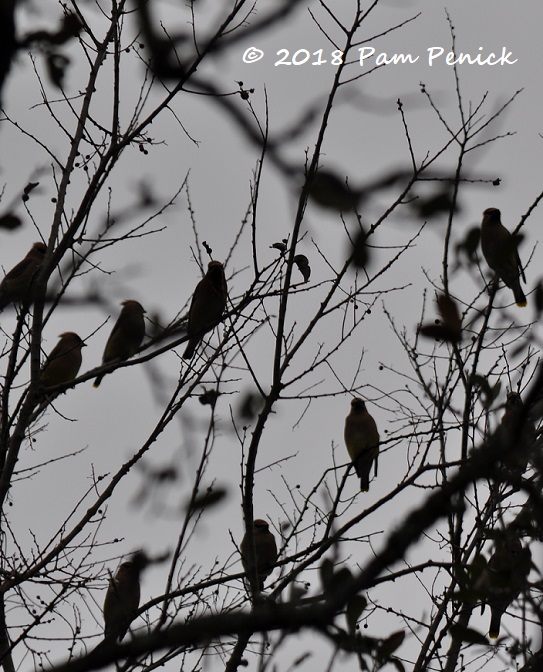
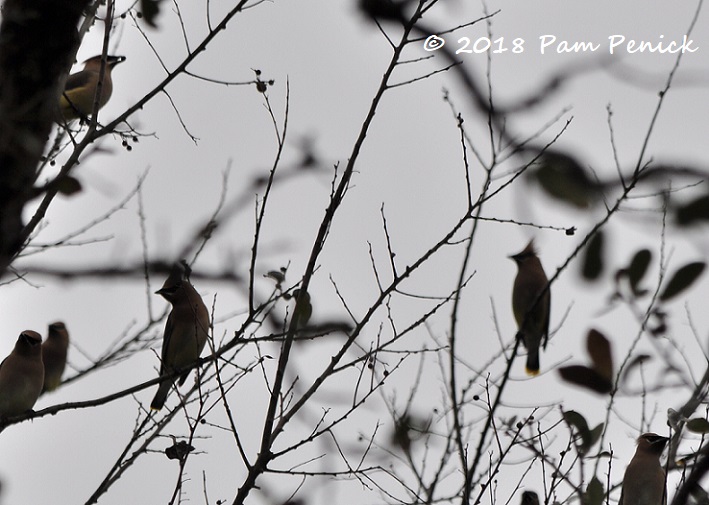
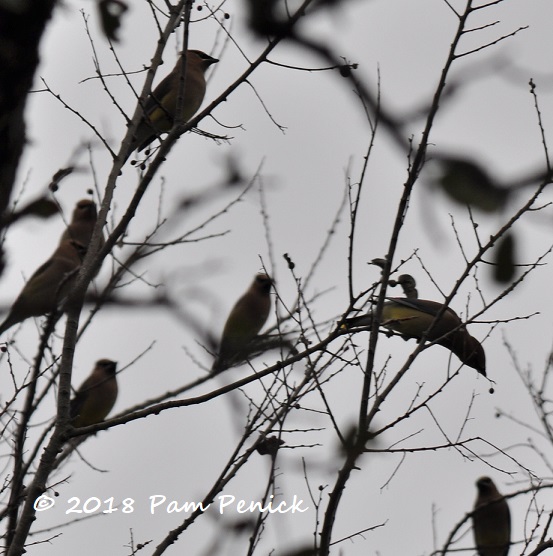
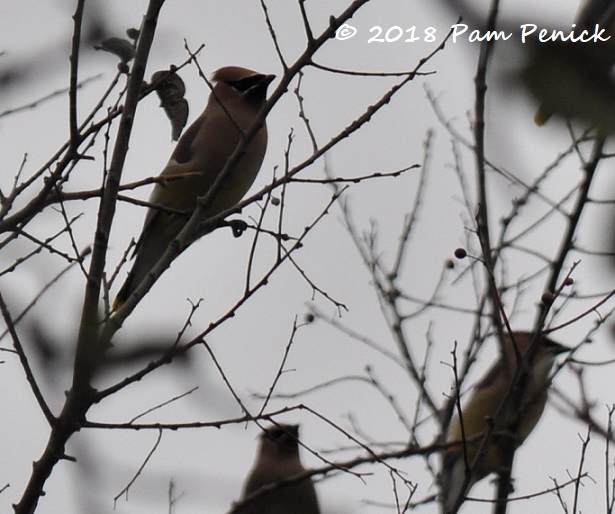
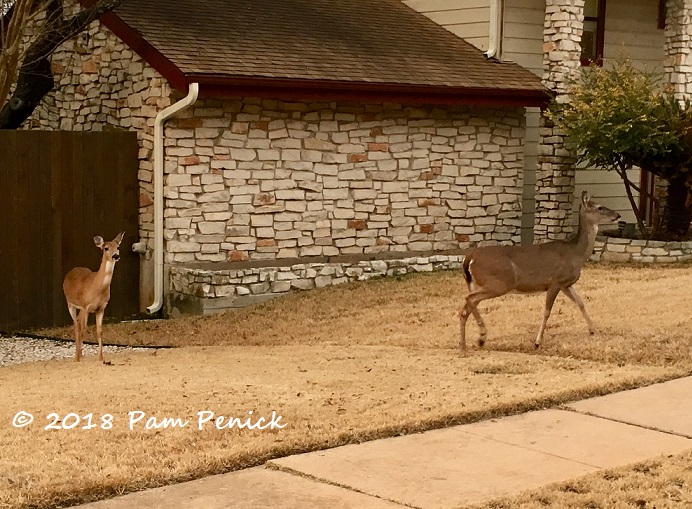

While I think deer are handsome creatures I wouldn’t want them in my garden. I much prefer the cedar waxwings. I haven’t seen one yet this year. There are mockingbirds and cardinals in my garden that get all the goodies before there are any migrating birds coming through. Fun to watch.
The waxwings are getting fueled up for the journey north. I bet you see them soon, Lisa. —Pam
Your deer are like the peacocks here – pretty to look at but you don’t really want them to hang around in your garden. I wonder if the cedar waxwings will be headed our way soon? They usually visit us en masse too, although I haven’t taken note of the schedule. There are plenty of toyon berries waiting for them, though!
What kind of damage do peacocks do, Kris? Or are they more of a noisy nuisance? Can’t even imagine having those around. —Pam
I remember the one year I had Cedar Waxwings in my garden-I was so thrilled to see them, and have not seen them since.
I hope you get to see some soon, KS. I usually hear them before I see them. They are such pretty birds. —Pam
Oh how fun! I have yet to see a Cedar Waxwing, though I know they come through my area occasionally. I do have several berried plants, but the robins and bluebirds usually get them all.
There are lots of hungry birds out there! All the more reason to plant berrying shrubs and trees. —Pam
I’m hoping to see these beautiful birds in our yard one of these days. We just planted four pretty good size yaupon hollies for a privacy screen so maybe next year the cedar waxwings will find us. Speaking of planting privacy screens…do you have any suggestions for where we might locate large-sized viburnum in the south Austin area?
Try Vivero Growers, Sherry. They carry good-sized plants, and they’re always beautiful. I don’t know if they have viburnums, so call ahead. —Pam
Thanks, Pam. We got the yaupon holly at NG but a few weeks ago, we found some really nice-sized red tip photinia at Vivero. Last year, we bought some abelia from Vivero that have been a terrific addition to the front yard foundation planting. Will have to see what they may have for sweet viburnums.